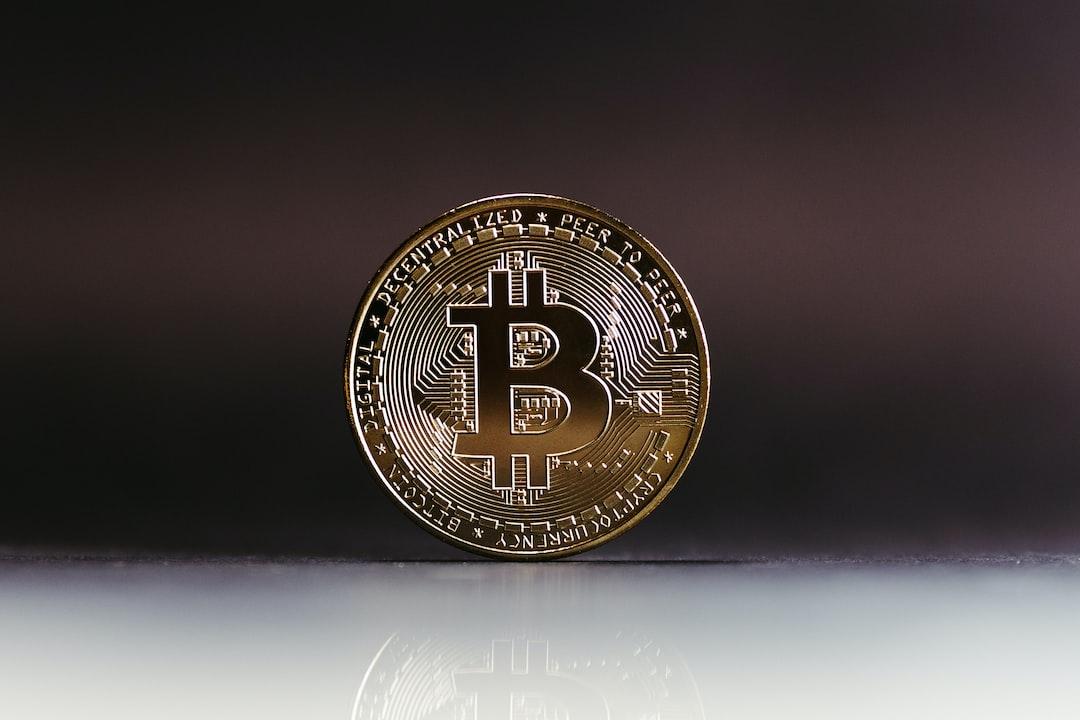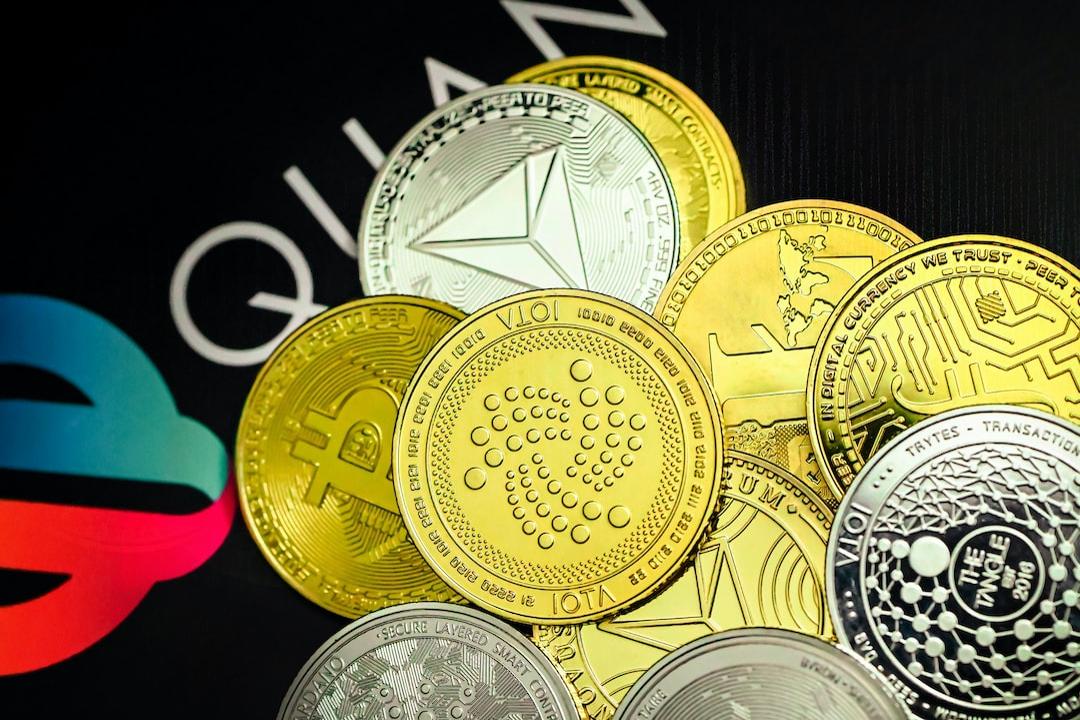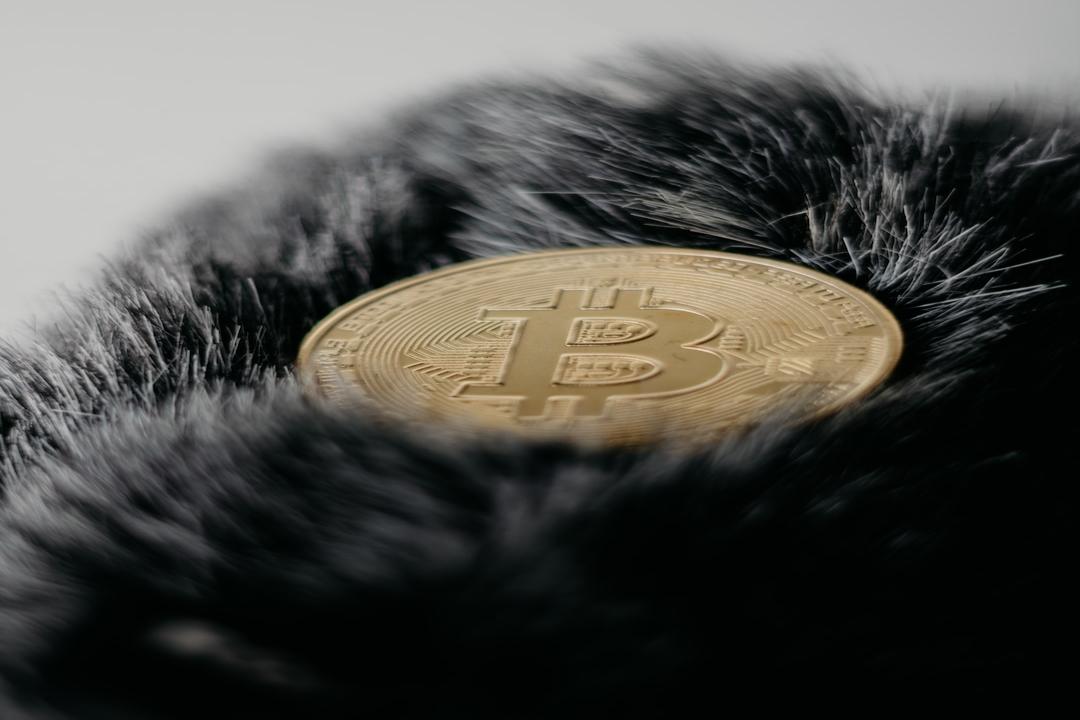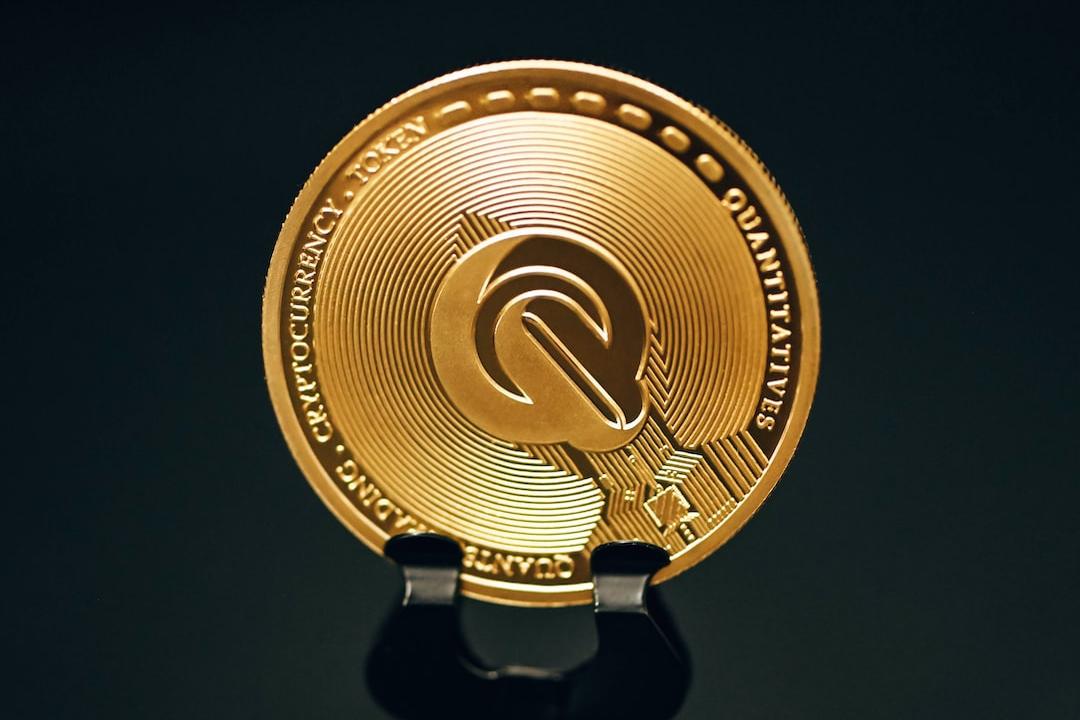Can Stablecoins Be Refunded? Circle Launches Refund Protocol to Establish a Web3 Credit Card Dispute Resolution Mechanism.
Past Use of Stablecoin Payments
In the past, using stablecoin for payments was akin to cash transactions, where once the payment was made, there was no way to control whether the goods were delivered, nor was there a return mechanism or complaint channel. This has led many merchants and users to hesitate in applying stablecoins.
Circle’s Refund Protocol Launch
In response, stablecoin issuer Circle launched the Refund Protocol on April 17, aiming to provide a refund and dispute resolution mechanism similar to credit cards for stablecoin payments, without the need for a centralized platform to hold funds.
Traditional Solutions are Too Risky
The conventional solution is to entrust a third-party platform to hold funds for both buyers and sellers. In case of disputes, an arbitrator would decide whether to refund the money or allocate it to the seller. However, this method is highly risky, as the third party effectively has the power to manage the funds arbitrarily.
Refund Protocol Features
To address this issue, Circle introduced the Refund Protocol, which ensures:
- The arbitrator does not have access to the funds.
- Actions such as “refund” or “payment” can only be performed under predetermined conditions, and nothing else can be done.
This way, it not only handles disputes but also eliminates the risk of fund misappropriation.

How the Refund Protocol Works: A Four-Stage Overview
1. Payment: Funds Enter the Contract and Cannot Be Moved by the Merchant
When a buyer makes a payment, they do not transfer USDC directly to the seller but instead use the Refund Protocol’s pay() function to deposit the money into a smart contract. The contract records the recipient, amount, refund address, and other information, locking the funds.

2. Dispute and Refund: Contact the Seller or the Arbitrator
If there is a dispute regarding the goods, the buyer can first contact the seller for resolution. If the seller agrees, they can proactively refund the money using refundByRecipient() within the contract. If the seller refuses, the buyer can seek the arbitrator’s intervention, who can execute refundByArbiter() to force a refund.

3. Withdrawal: Funds Automatically Transfer to the Seller After the Lock Period
If there are no disputes, the funds paid to the seller will go through a lock period. After this period, the seller can withdraw funds from the contract without needing the arbitrator’s approval.

4. Early Withdrawal: There is a Method for Urgent Cash Needs, but Fees Apply
If the seller cannot wait for the lock period, they can apply for early disbursement, provided they are willing to pay a fee to the arbitrator. If they wish to withdraw early, they must obtain the seller’s “signature consent” in advance to ensure the arbitrator cannot manipulate the price.
Design Highlights of the Agreement: Transparency, Flexibility, and True Non-Custodial
The design philosophy of the Refund Protocol is to ensure that third-party arbitrators “cannot enrich themselves or misappropriate funds,” and can only execute the predetermined handling logic agreed upon by both parties. For example:
- Arbitrators cannot transfer funds to other accounts.
- All refund addresses are set at the beginning of the transaction.
- All withdrawal operations must follow the contract process to avoid centralization risks.
This fosters a transaction relationship built on greater trust between merchants and users.
Risks to Consider
- The risk of arbitrators misbehaving remains: If an arbitrator deliberately acts improperly, they could still potentially attack refund operations using fake accounts. In such cases, it is advisable to choose a trusted arbitration organization or DAO for resolution.
- Not everyone can set refund addresses: Some users deposit funds through exchanges or fiat, requiring that the wallet or deposit platform also supports the Refund Protocol specifications.
- Each transaction must be recorded, which can incur significant gas fees: Since each transaction is recorded individually and withdrawals must also be processed separately, this could be more expensive compared to a simple ERC-20 transfer. If many small transactions accumulate, costs may rise.
- Funds can earn interest: Currently, funds are idle in the contract, but future designs could integrate with lending protocols like Aave, allowing users to earn interest and even enabling arbitrators or merchants to share in the returns.
- Future expansion of contract support for “smart contract wallets” is necessary: Currently, early withdrawal signatures only support standard wallets (EOA). If the seller uses a contract wallet, it must support EIP-1271 signature methods.
Risk Warning
Cryptocurrency investments carry a high level of risk, and their prices can be highly volatile, potentially resulting in the loss of your entire principal. Please assess risks carefully.
